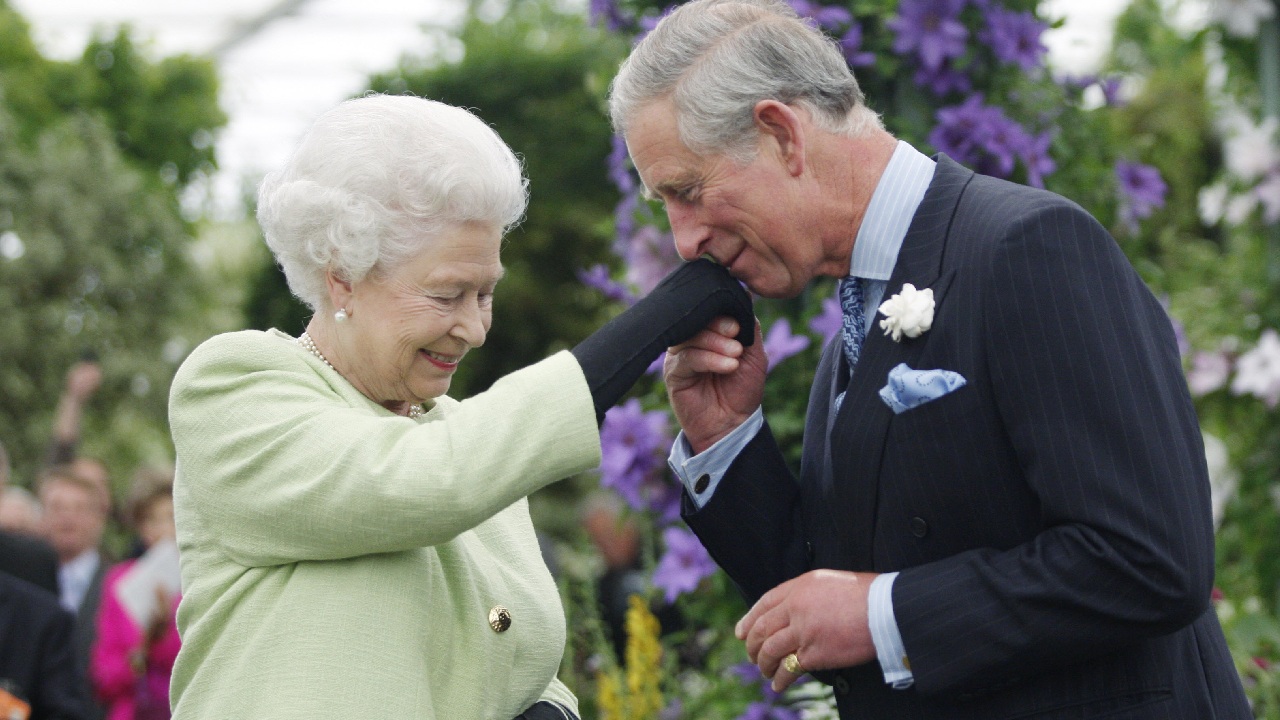Biggest change to public holiday in 70 years

2023 is marking history as the Queen’s Birthday public holiday will now be recognised as the King’s Birthday – a change not seen in 70 years – and one that will likely remain for at least the next two generations of monarchs.
The name change follows the ascension of King Charles III to the throne after the death of Australia’s longest reigning monarch, Queen Elizabeth II.
Despite the King’s birthday being November 14, most Aussie states celebrate the monarch’s birthday as a public holiday on the second Monday of June, in line with British celebrations.
The King’s birthday will be observed on June 12 in South Australia, NSW, Victoria, Tasmania, the ACT and the Northern territory.
For Queenslanders, the public holiday falls on the first Monday of October, which in 2023 will be October 2.
As Western Australia celebrates Western Australia Day on the first Monday of June, it will observe the King’s birthday in September in an effort to spread out its public holidays.
For WA, it will fall on Monday, September 25.
Aside from a legislative amendment made to the states’ respective Public Holiday Acts to change the name, the day will remain the same in practice.
Most Australians have only ever known the public holiday as the Queen’s Birthday, with Queen Elizabeth II reigning as monarch for 70 years, taking the throne in 1952 at just 25.
Charles, however, became the oldest monarch to take the British throne at 73.
The tradition of celebrating the sovereign’s birthday in June began with George II in 1748. He deemed November, his actual birth month, was too cold for a celebratory parade.
During the reign of Edward, VII, also born in November, the standardisation of official summer birthdays was implemented.
Compared to other public holidays such as Good Friday and Boxing Day, most businesses will remain open, although some with reduced trading hours.
Image credit: Getty
